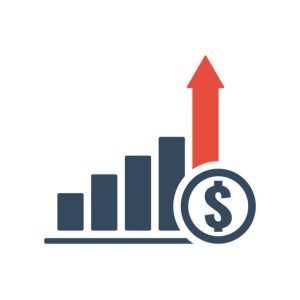
Inflation has hit the Dominican economy quite hard, although the Abinader administration keeps trying to play it down and is attempting to stem the markets’ volatility.
However, the gradual removal of government subsidies from fuels and electricity distributors, along with price increases attributed to the crisis in the global supply chain is, are hurting most consumers. Prices for some fuels are now getting close to RD$300 per gallon when 19 months ago they were under RD$200. The electricity bills have increased across the board, with January’s bill showing a marked increase over December. This is due in part because of the gradual removal of the government subsidies to the EDEs, the power distributors, plus the fact that any electricity consumed in December, but which was reflected on January’s bill, was charged at the new rates, not the rates in effect in December.
The Listin Diario surveyed people on the impact of the new inflation. Listin reporters asked about cost increases in housing costs, school tuition, transportation, medical consultations, etc. They found that rents have increased as much as 12% in some areas. Construction costs for housing has increased 15% since 2020 according to one builder.
Even mundane affairs such as washing a car are up by 100%, and women see their visits to hair salons growing more costly by the week.
Medical consultations are reportedly up by between RD$500 and RD$700 per visit.
Just last week, the Central Bank made two announcements. The Central Bank confirmed that the monthly inflation rate for December was 0.73% and the yearly rate to be 8.50% on the one hand, and on the other the bank announced a 100 point increase in the basic money rate, going from 3.5% to 4.5% in an attempt to slow down this inflation.
Read more in Spanish:
Listin Diario
31 January 2022

